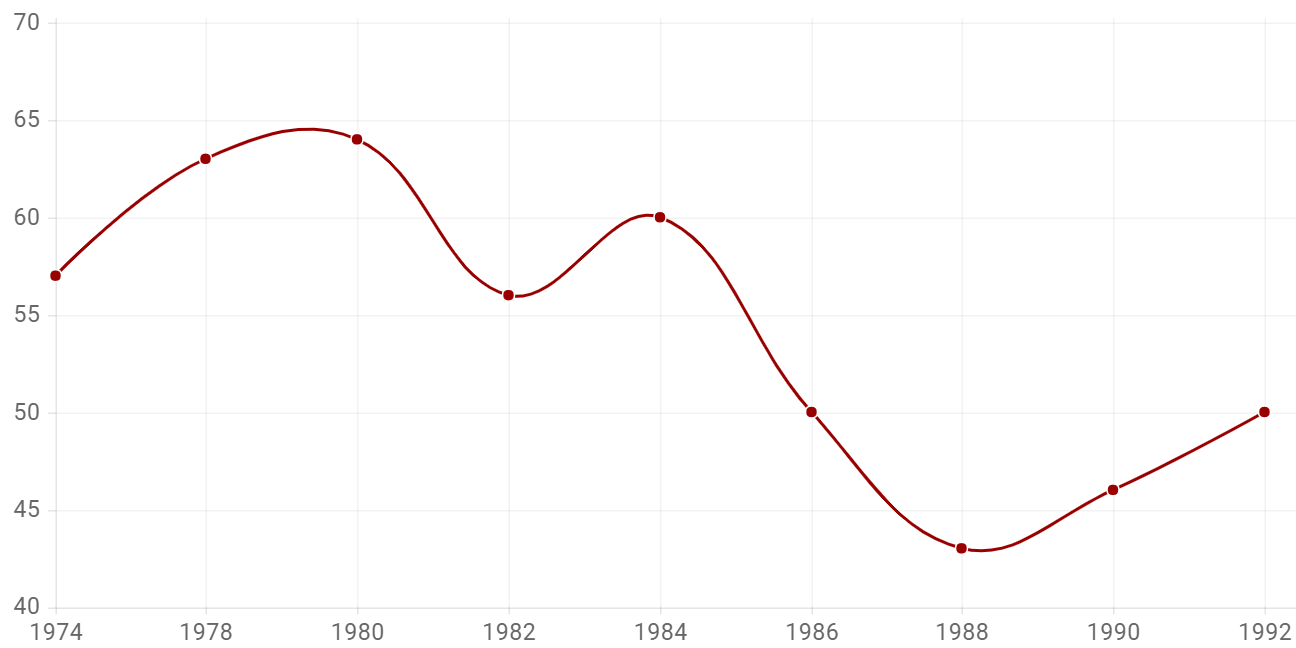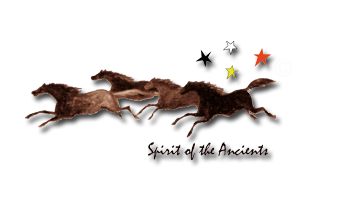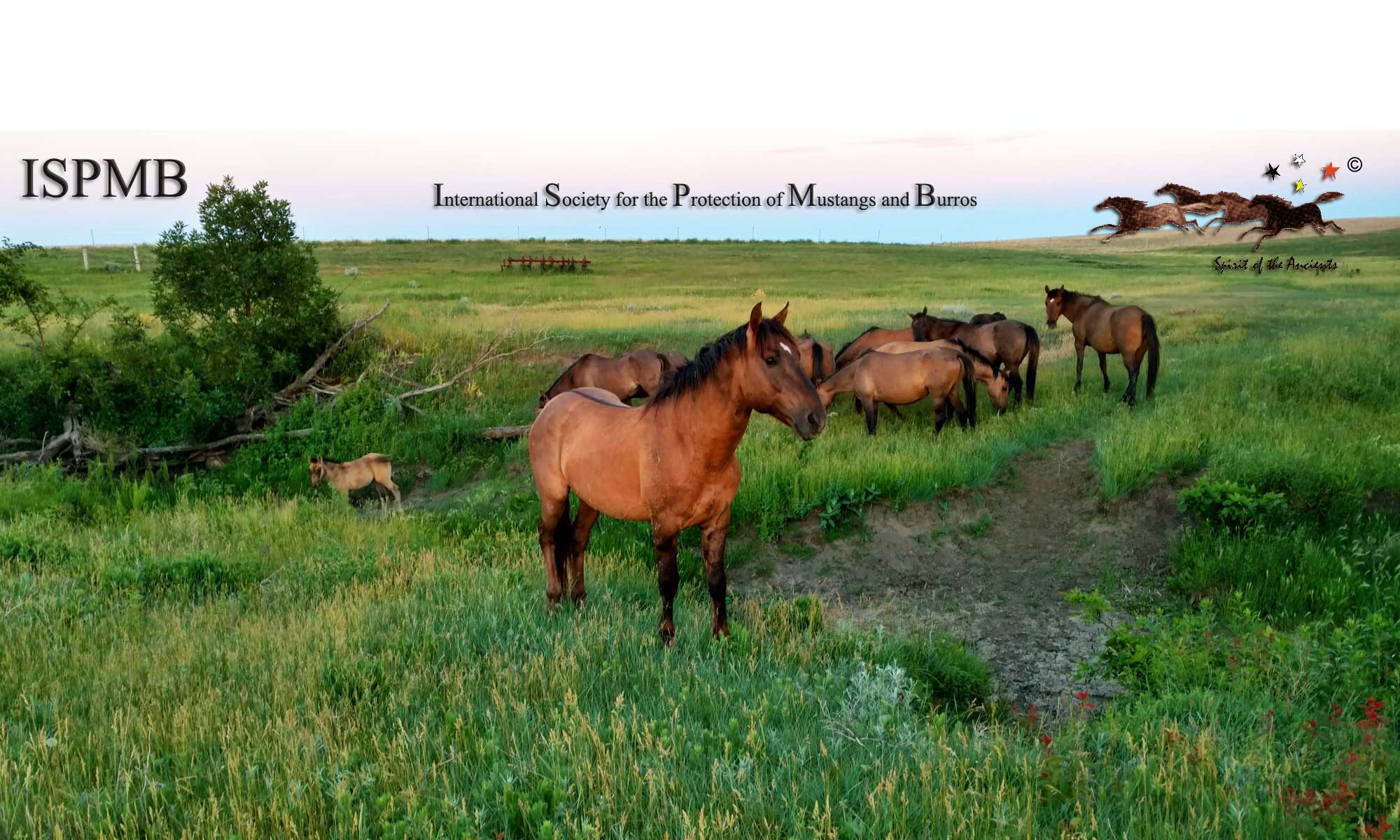History of the Use and Dominance of the Western Lands
1891
Congress passed a law setting aside federal forest reserves leading to the establishment of the Forest Service in 1905 under USDA. Powerful grazing boards were set up composed of local ranchers. (This effectively eliminated nomadic sheep and cattle herders on these lands.) Native Americans were reduced to 5% of the land.
Now most productive public land was under FS control (essentially powerful ranchers). Stockmen and farmers owned most of the productive private lands, leaving about ½ billion acres leftover in 17 western states. This land was considered waste land. (Eventually the BLM lands)
1930s
The overgrazing of rangelands and unwise farming led to the five-state, 50-million-acre Dust Bowl disaster. In 1934 the Taylor Grazing Act (TGA) passed and was adopted with the help of powerful ranchers with the express intent of eliminating nomadic herding and stopping indiscriminate settlement and grazing, stabilizing the grazing industry, restoring damaged lands, and other goals. (BLM 1976).
The TGA also created the Division of Grazing under the Department of the Interior which created grazing allotments and charged nominal fees for grazing. Leases were issued to the privileged few, generally the most powerful and wealthy cattlemen, especially those who helped to create the TGA. The TGA established that only those ranchers with “base properties”—well-established, substantial private ranch holdings near the public lands to be grazed—were eligible for leases. The only power that the TGA enforced was to rid nomadic grazing, but ranchers did as they pleased and refused to have any control over their ranches. The TGA-established grazing boards assured powerful stockmen continued dominance. A 1935 report by the Grazing Director referred to the grazing boards as follows, “the local governing agency as to all matters of a range regulatory nature”.
During the 1930’s, the Division of Grazing (which became the Grazing Service in 1939) ordered the extermination of wild horses. As lands continued to deteriorate, there was no room for any potential competitors. The unregulated exploitation of the wild herds constituted the Grazing Service’s policy for nearly thirty years. Thirty million pounds of horse flesh was canned for chicken food during this time.
1946
The Grazing Service and the General Land Office combined to form the Bureau of Land Management. Due to industry pressure and lack of funds, administration and enforcement of grazing regulations had been practically non-existent. For years, the BLM was staffed with ranchers and ranching advocates and administered to primarily stockmen-dominated rangeland, had little inclination to curtail ranching abuses.
1960 through the 1970s
Several important environmental laws (ecological movement) were passed but they are poorly enforced with regard to ranching. In 1979 “The Sagebrush Rebellion” which is when the cattle industries counter-attacked for the ecological movement. The Nevada State Legislature seized 49 million acres of BLM land (70% of the state) and passed an act claiming state ownership. The following states followed suit – Utah, Arizona, New Mexico, and Wyoming. Since this rebellion, approximately 1 million acres of federally owned land have passed into states hands.
““If the intent of the various environmental and public land laws was rigorously enforced, 75% of public lands ranching would be shut down” ”
1980s
The goal in Reagan’s administration was to prevent effective enforcement of regulations and to further deregulate. Reagan appointed Bob Burford, leader of The Sagebrush Rebellion, as BLM Director. They employed budget cuts in the BLM’s range programs to reduce employees and crippled the BLM. The same people to whom the regulations applied headed regulatory agencies.
“I am one who supports the Sagebrush Rebellion. Count me in as a rebel.”
Senator Orrin Hatch introduced a bill that would have transferred title of 200 million acres of BLM and Forest Service land to 13 western states through a cheap sale mainly going to powerful ranchers. It failed. Secretary of Interior, Bruce Babbitt, whose family has large public land holdings described The Sagebrush Rebellion, “A land grab in thin disguise.” With17 western states holding 34 seats in the Senate, there will always be enough votes to guarantee that the livestock industry’s interests are not overlooked.
Federal grazing permittees represent about 0.037% (1 out of every 2,727 people) of the population in the West and 0.0088% (1 our of every 11,363 people) of all Americans.
“In a classic example of western control of federal land, the TGA retained elite stock raisers’ dominance using a permit system, a small fee, and a weak agency to manage the program.”
The basis for the entire struggles on public lands is based on ranchers eliminating competition, whether it is horses, wildlife, ORVs, hunting, etc. The philosophy hasn’t changed as you can see since the 1800’s.
It is up to us to become informed and speak the truth—understanding the basis for why wild horses are being eliminated from their rightful lands. We must also understand the power we have when we speak the truth and carry it in our hearts.

History of the BLM and its Management of the Wild Horses and Burros
Remember that this is the largest agency but receives the least amount of funding to manage public lands – this is purposeful so there is less control on monitoring rangelands.
1971
Wild Free-Roaming Horse and Burro Act passes through Congress unanimously with the most amount of mail ever to Congress at that time. There were more than 70 bills introduced into Congress in support of saving the wild horses and burros. Congress gave a special name to these animals “National Heritage Species.”
There were 303 Herd Areas identified in 1971 where wild horses and burros roam.
BLM created Herd Management Areas and determined in these areas, animals would be managed – today we only have 199 areas and many more will be eliminated. The original 303 must always remain even though there are no animals on over 100 areas.
The wild horses and burros have lost over 10 million acres of land. Originally there were 41 million acres for wild horses and burros now they have only 34,549,570 acres.
1976
The constitutionality of the Wild Free-Roaming Horse and Burro Act was challenged in the Supreme Court in Kleppe v’s New Mexico. The stalwartness of the Act did not waver. The Federal Land Policy and Management Act (FLPMA) states that public lands be retained under federal ownership, their resources be inventoried, their use be determined through a land-use planning process, and that they be managed under principles of multiple use and sustained yield. A ten-year grazing term was established for leases. Amended the 1971 Act to allow the use of helicopters.
“The management of the public lands and their various resource values so that they are utilized in the combination that will best meet the present and future needs of the American people; making the most judicious use of land for some or all of these resources or related services over areas large enough to provide sufficient latitude for periodic adjustments in use to conform to changing needs and conditions: the use of some land for less than all of the resources; a combination of balanced and diverse resources uses that takes into account the long-term needs of future generations for renewable or nonrenewable resources, including but not limited to, recreation, range, timber, minerals, watershed, wildlife and fish, and natural scenic, scientific and historical values; and harmonious and coordinated management of the various resources without permanent impairment of the productivity of the land and the quality of the environment with consideration begin given to the relative values of the resources and not necessarily to the combination of uses that will give the greatest economic return or the greatest unit output.”
1978
The Public Rangelands Improvement Act (PRIA) amendment passes which eliminated the Secretaries’ discretionary authority for removal and disposal of wild horses and burros and laid out a clear explanation of “excess.”
1980s
In 1984 regulation changes were proposed by the BLM to circumvent PRIA and removed large numbers of wild horses from public lands. At the end of the 16 month period the rule was dropped. Now there were 40,000 wild horses sitting in holding corrals, gathered illegally. Another Regulation allowed the BLM to sell wild horses on the “fee-waiver’ program or mass adoptions. An estimated 20,000 wild horses were taken by ranchers who ultimately sold them for slaughter. A lawsuit against the BLM halted the mass adoptions and forced the agency to develop alternatives such as the prison training programs and sanctuaries (API/FFA).
In 1985 The Range Omnibus Bill included a slaughter provision and made it to the floor of Congress but it was defeated. During these years, with BLM’s approval, several attempts were made to allow BLM to sell “un-adoptable’ horses for slaughter by initializing language which never got out of committee in Congress.
In 1989 the Animal Protection Institute successfully challenged BLM’s arbitrary and capricious decisions for removal of wild horses and burros from public lands. The Interior Board of Land Appeals (IBLA) (Interior’s Court) ruled that BLM must monitor and inventory the habitat to determine excess. This is the strength of the Wild Horse and Burro Act because is requires BLM to fulfill their mandate as stewards of the land.
1990s
By 1991, BLM created “Full Force and Effect” ruling that allows them to remove wild horses immediately as a decision is rendered. In many cases horses were being removed even before the ink was dry on the decision document. This ruling came because BLM could not comply with the ruling in APIs case because they had no monitoring or inventorying of the rangelands competed. Now the majority of BLM decisions are under Full Force and Effect.
The ability to reduce animals further came with the HMAs that were inside the Herd Areas or range. If animals strayed out of the HMA, there were gathered and removed. They could be removed WITHOUT declaring excess. However there is NO statutory language in the Act that allows for the reduction of the Herd Area.
BLM soon promoted to adjacent land owners that if horses strayed on their lands that the landowner could request in writing to the BLM to have the horses removed. Although there are many other avenues available beside permanent removal such as fencing etc., the BLM’s policy is to remove any straying animal. Again, this can be done without determining “excess.”
BLM violated law by circumventing determining “excess” through monitoring and inventorying by calling for “emergency gathers.” The definition of “emergency” was in direct opposition to the definition established by the NV BLM and Wild Horse and Burro workgroups in 1990. In many of the cases, wild horses were removed and cattle were restocked shortly thereafter.
Rarely is the Regulation 4710.5 (CFR) ever employed by the BLM. It was designed as the first line of defense in saving wild horses from threatened emergencies and disasters by pulling livestock off public lands.
In 1992 BLM’s rewritten mission statement glaringly omits wild horses and burros as a resource on public lands. The word came to the wild horse groups that they would no longer win cases in IBLA as was noted in the Wyoming decision of 1992. Soon the burden of proof was changed so that the burden no longer fell upon the agency but upon the appellant to show cause.
BLM in some cases have set grazing standards higher for wild horses and burros and unchanged for livestock. Utilization levels were 10% and for cattle 50%. This marked the continued genocide of America’s wild horses and burros. It should be noted that rabbits and grasshoppers could eat as much as 10% of a plant.
In 1994, Director Mike Dombeck listed ten visions for public lands. Wild horses and burros were NOT mentioned. This same year the BLM violated the Act by not preparing a Report to Congress, the report was combined with the 1996 report and submitted in 1997.
In 1995 A Del Rio Grand Jury convened to determine allegations of BLM corruption but never heard one shred of evidence presented in the five years which was blocked by holding subpoenas in abeyance.
In 1997 Associated Press reporter Martha Mendoza exposes corruption within the BLM’s Wild Horse and Burro program. Seven major articles ran throughout the US during that year. Under BLM’s management 36,000 adopted wild horses and burros are unaccounted for and are feared slaughtered. These animals were never titled and remained under BLM’s protection. (AP investigation)
The recent BLM budget allows only 4% of their funds for monitoring and inventorying. This is what determines excess according to the law.
It would be necessary to appropriate the majority of funds to this to be an effective lands manager. According to the National Academy of Science, fertility rates for wild horses in the late 70’s were 10-12%. According to BLM today, they state fertility rates are between 20 –25%. Some estimates were as high as 28%. With this BLM figures projected wild horse numbers computed on paper instead of actually counting wild horses.
It is worthy to note that we have fewer horses now than in 1971 when the law stated that wild horses and burros were “fast disappearing from the American scene.” The first BLM census was done in 1974.
BLM Census—Aerial for all years except 1974*

— Number of animals in thousands
Policy changes that were made in 1984 affect us still today and are not in compliance with the Act.
The 1984 Report to Congress says the planning process will decide, “where herds will be maintained and the appropriate number of animals in each area” “BLM will maintain 142 HMAs in which the long term management will be 21,848 horses and 3,912 burros.” Although numbers cannot be determined by the Secretary or the planning process, but must be determined by monitoring and inventorying, BLM ‘s policy still is not in compliance with the law. Wild horses are not to be managed by forage allocation or AML.
According to API, and their IBLA appeals the following should be well heeded. BLM does not manage for the ecological condition nor do they treat wild horses and burros as an integral part of the natural system or as a heritage species.
The reason the BLM hangs on to the concept of setting (or establishing) and maintaining AML which translated to AUMs that is then considered their allocation of forage for wild horses and burros, is to hang on to the forage allocated to livestock as preference.
By law, AML is not a preset number, it is always the outcome of monitoring impact to determine if excess exists and inventorying the population to determine optimum.
IBLA says you can only know AML after the monitoring and after the determination of excess wild horses and/or burros is made. Then AML becomes synonymous with the thriving NATURAL ecological balance. Every removal requires these determinations without exception.
FY 2004 expenses for long term holding – $6,800,236.00
FY 2004 total holding cost is $19,256,986.00
FY 2005 projected funding for LTH – $7,933,195.00
FY 2005 budget is $39,062,000.00
FY 2005 total holding cost is $20,100,000.00
ISPMB
The International Society for the Protection of Mustang and Burros is an effective international leader in our field because we have earned the respect and credibility of the many diverse participants in the Wild Horse and Burro program.
Explore
ISPMB | P.O. Box 435, Rapid City, SD 57709 | 605-430-2088
Content Copyright © ISPMB and may not be copied or reproduced without written permission from ISPMB


